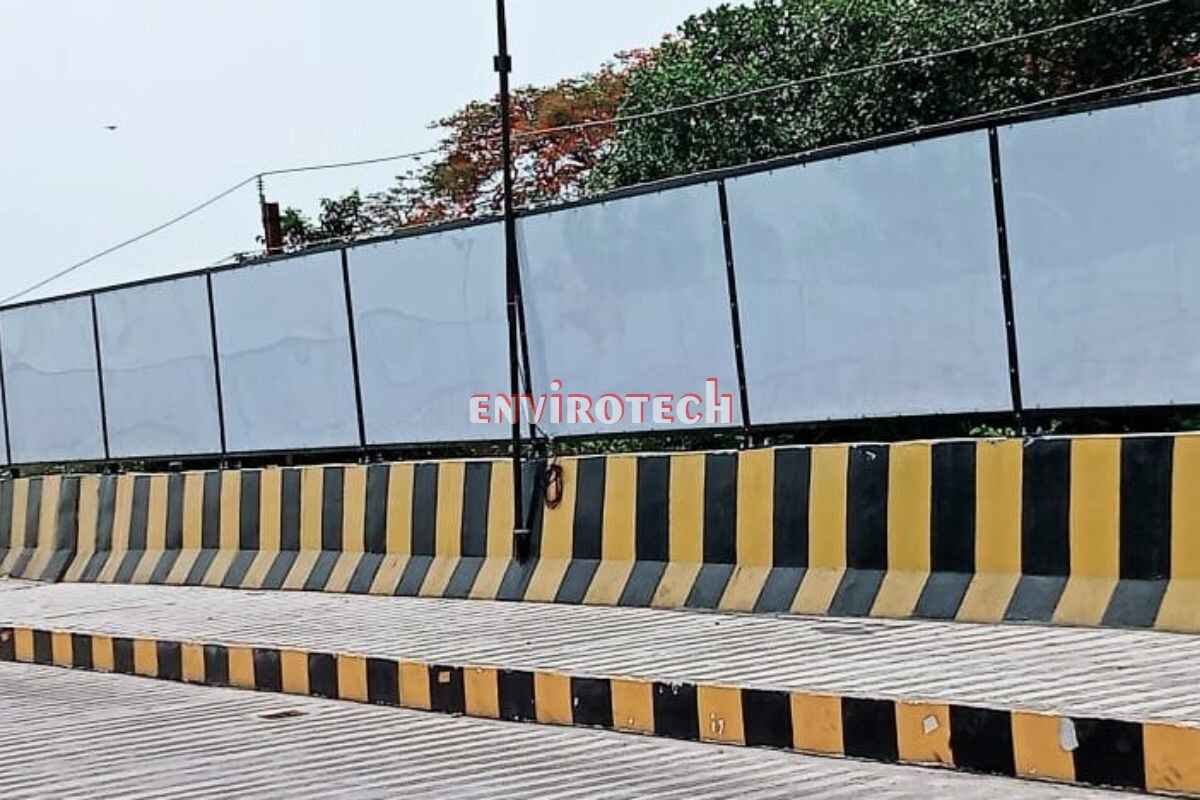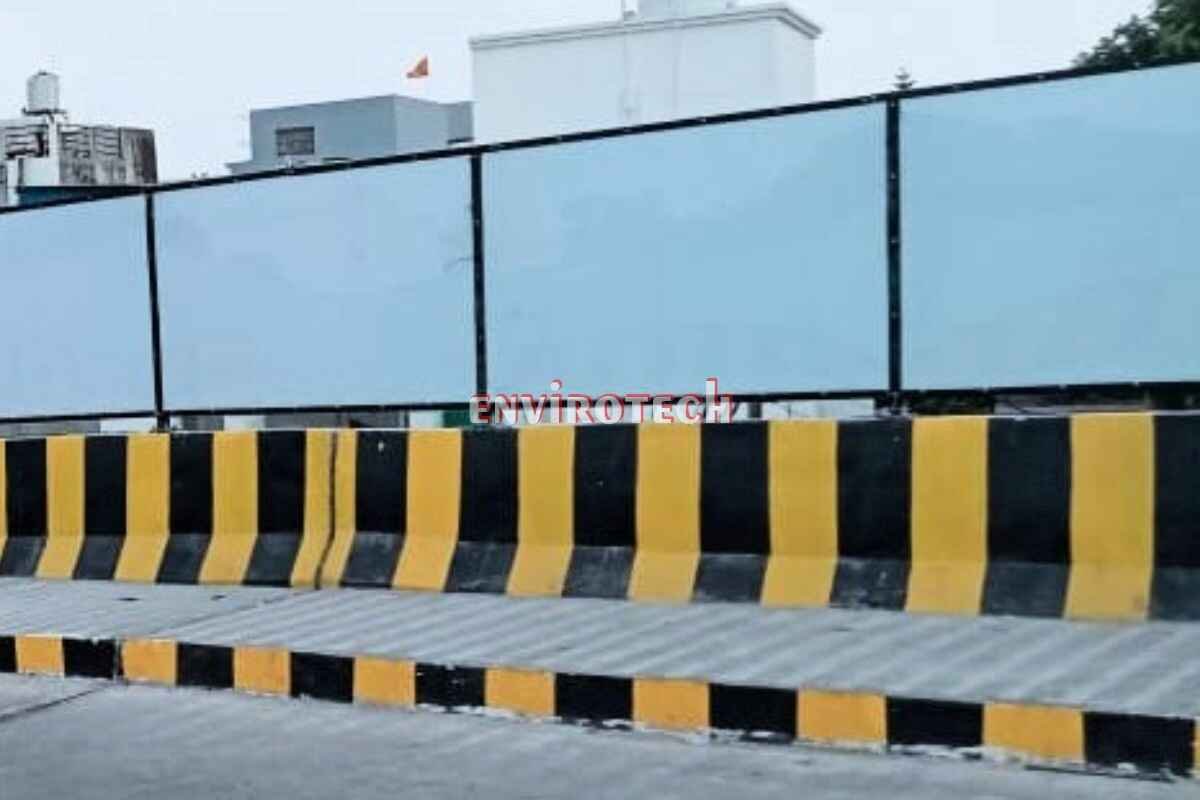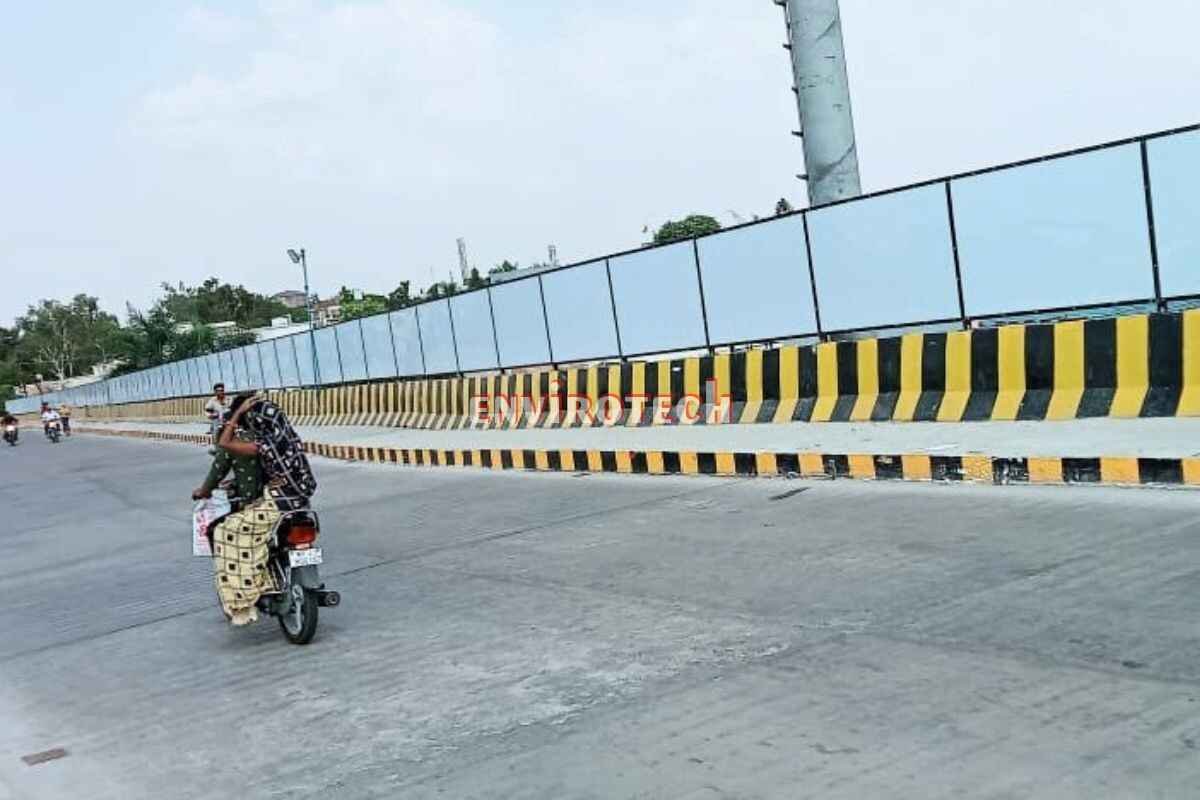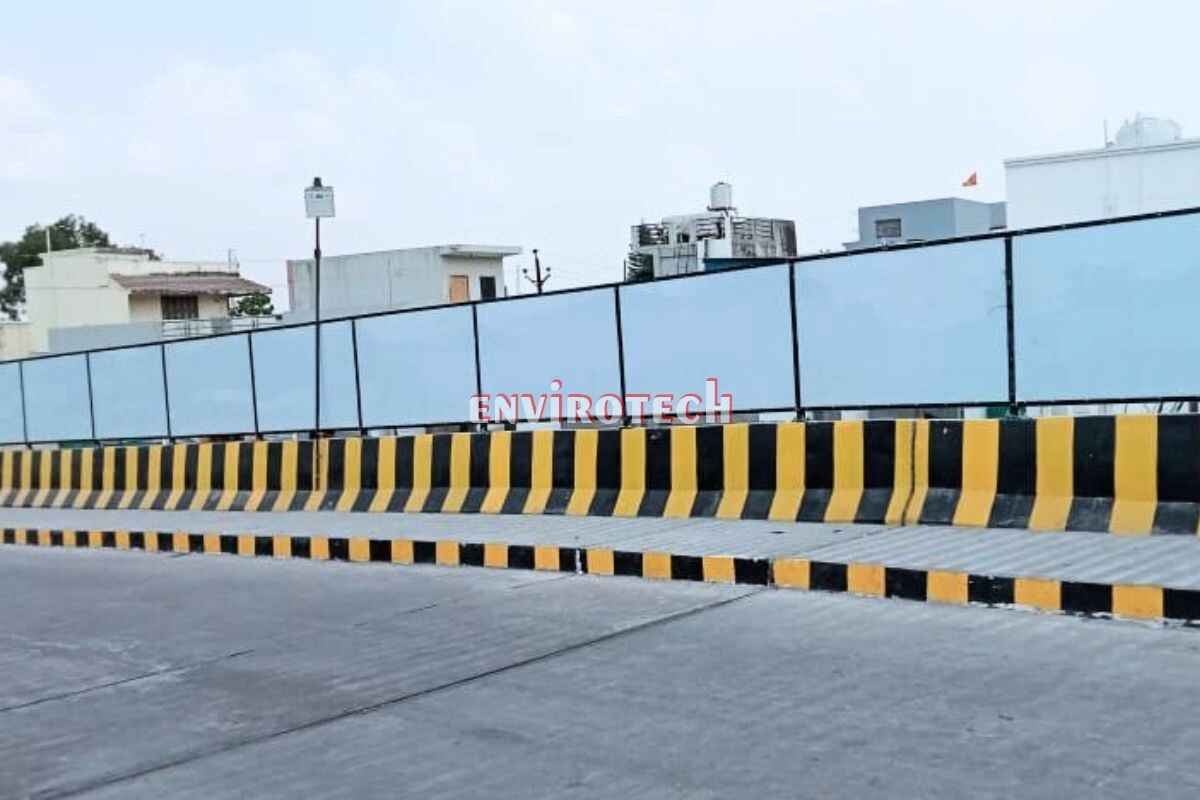The contemporary world is characterized by its pervasive noise. The din of traffic on busy highways, the constant hum of urban life, and the clamor of construction sites have become a ubiquitous part of our daily existence. However, many people may not fully comprehend the significant environmental consequences of noise pollution and its detrimental effects on our well-being. Our company is committed to providing innovative solutions that effectively reduce noise pollution and create more peaceful environments for communities, industries, and transportation. In today’s fast-paced world, excessive noise has become a significant concern, negatively impacting our health, productivity, and overall well-being. At Envirotech Systems Limited, we understand the importance of implementing effective noise control measures.
Comprehending Noise Pollution
Noise pollution is not merely a source of irritation; it constitutes a serious threat to public health. The World Health Organization (WHO) has recognized noise pollution as a significant menace to public health, with repercussions ranging from disturbances in sleep patterns to elevated stress levels and even the potential for enduring cardiovascular issues. Furthermore, excessive noise can disrupt ecosystems and harm wildlife.
Introducing Polycarbonate Noise Barriers
In the endeavor to alleviate the harmful consequences of noise pollution, various solutions have emerged, and one of the most promising ones is the Polycarbonate Noise Barrier. These barriers are purpose-built structures designed to serve as a shield against unwanted noise. They are fabricated from polycarbonate panels, which are lauded for their durability, lightness, and effectiveness in reducing sound transmission.
The Function of Polycarbonate Noise Barriers
Polycarbonate noise barriers play a pivotal role in noise abatement in several ways:
Sound Reflection: These barriers are engineered to deflect sound waves away from sensitive areas, such as residential neighborhoods, schools, and hospitals.
Sound Absorption: They have the capacity to absorb and disperse sound energy, thereby diminishing the overall noise levels in their vicinity.
Transmission Attenuation: Polycarbonate noise barriers are structured to provide high levels of transmission attenuation, meaning they excel at preventing sound from passing through.
Aesthetic Integration: Many of these barriers effortlessly blend with their surroundings due to their transparent or tinted design, ensuring they are visually appealing.
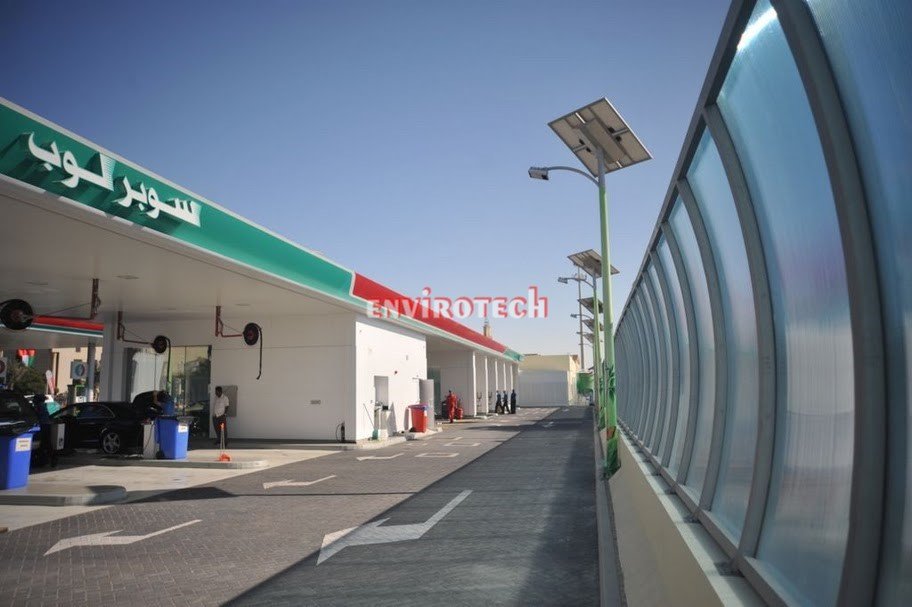
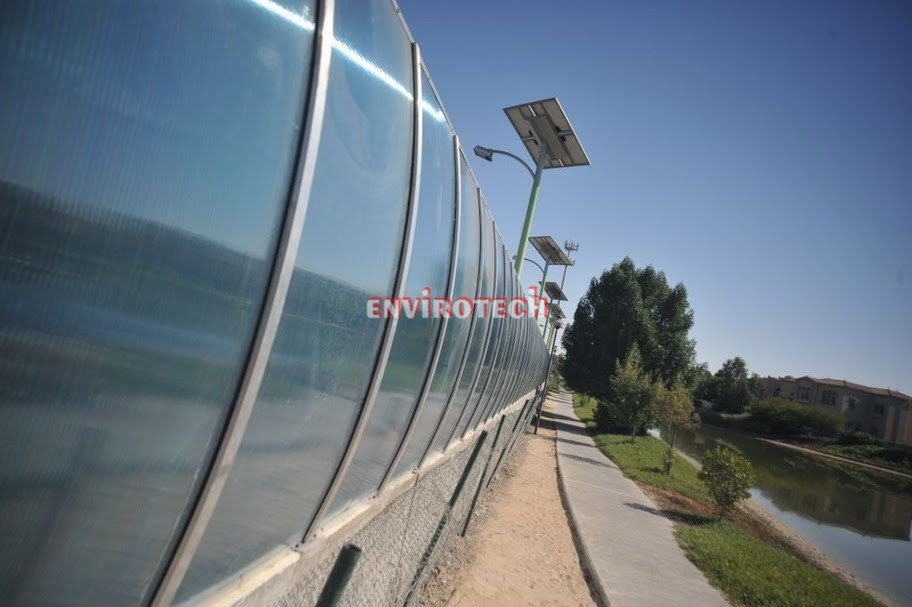
Sustainability and Polycarbonate Noise Barriers
Another noteworthy facet of polycarbonate noise barriers is their eco-friendliness. A significant portion of these barriers is crafted using recyclable materials and is constructed with a minimal carbon footprint. This sustainability aligns with the global trend towards environmentally conscious practices in construction and infrastructure development.
Noise pollution is a burgeoning concern, impacting both our health and the environment. Polycarbonate noise barriers constitute a substantial stride towards mitigating the adverse effects of noise pollution. Through sound reflection, absorption, and blocking capabilities, they make significant contributions to the creation of quieter, more habitable spaces for communities. Furthermore, their sustainable design underscores the importance of considering environmental factors when addressing noise-related challenges in our progressively urbanized world.
In forthcoming articles, we will delve deeper into the technology underpinning polycarbonate noise barriers and explore how they are employed to cultivate quieter and more harmonious environments. Keep an eye out for further insights into this pivotal subject.
Types Of Noise Barrier
Noise barriers, also known as sound barriers or acoustic barriers, come in a variety of forms and materials, each engineered to reduce noise in specific environments. Here are some common types of noise barriers:
Concrete Noise Barriers: Among the most prevalent noise barriers, these are constructed from concrete and are highly effective at blocking noise generated by highways, railways, and other transportation infrastructure. Concrete noise barriers are renowned for their robustness and long-lasting qualities.
Metallic Noise Barriers: Typically crafted from materials like steel or aluminum, Metallic Noise Barriers find use in urban settings and along highways or railways. Their durability and potential for aesthetically pleasing designs make them an attractive choice.
Polycarbonate Noise Barriers: Transparent or translucent, Polycarbonate Noise Barriers are fashioned from polycarbonate material. These barriers are valuable when noise reduction is required without obstructing views or natural light. They are commonly employed near residential areas and highways.
Earth Berms: Earth berms are created by piling up soil or other materials to form a natural barrier. They are often covered with vegetation, which adds to their effectiveness in reducing noise and enhances their visual appeal.
Masonry Noise Barriers: Crafted using bricks, stones, or other masonry materials, these barriers are often utilized in historically significant or aesthetically sensitive areas where the design must harmonize with the existing architecture.
Reflective Noise Barriers: Reflective barriers are designed to deflect sound waves away from the source of the noise. Typically, these barriers are solid and constructed from materials like concrete or metal.
Absorptive Noise Barriers:
Absorptive barriers are constructed to soak up sound energy, thereby decreasing noise levels. They usually feature sound-absorbing materials on their surfaces, such as porous concrete, foam, or fiberglass.
Modular or Temporary Noise Barriers: Engineered for flexibility and ease of installation, these barriers are often used in construction sites, events, or Temporary Noise reduction scenarios. They can be swiftly assembled and disassembled.
Green Noise Barriers: Green barriers combine noise reduction with ecological benefits. Often composed of vegetation like hedges or trees, they provide both sound absorption and an aesthetically pleasing environment.
Highway Noise Barriers: Tailored for use alongside Highways Noise Barrier, these barriers come with specific design considerations to withstand wind loads, weather conditions, and traffic vibrations.
Railway Noise Barriers: Designed to minimize noise from railway operations, these barriers must account for the noise generated by trains and the vibrations of the tracks.
Industrial Noise Barriers: Specifically created for industrial settings, these barriers aim to mitigate the noise produced by factories, manufacturing plants, and other industrial facilities.
Each type of noise barrier offers distinct advantages and is chosen based on factors such as the level of noise, the surrounding environment, and desired aesthetics. The selection of a noise barrier depends on the specific needs of the location and the balance between functionality and visual appeal.

